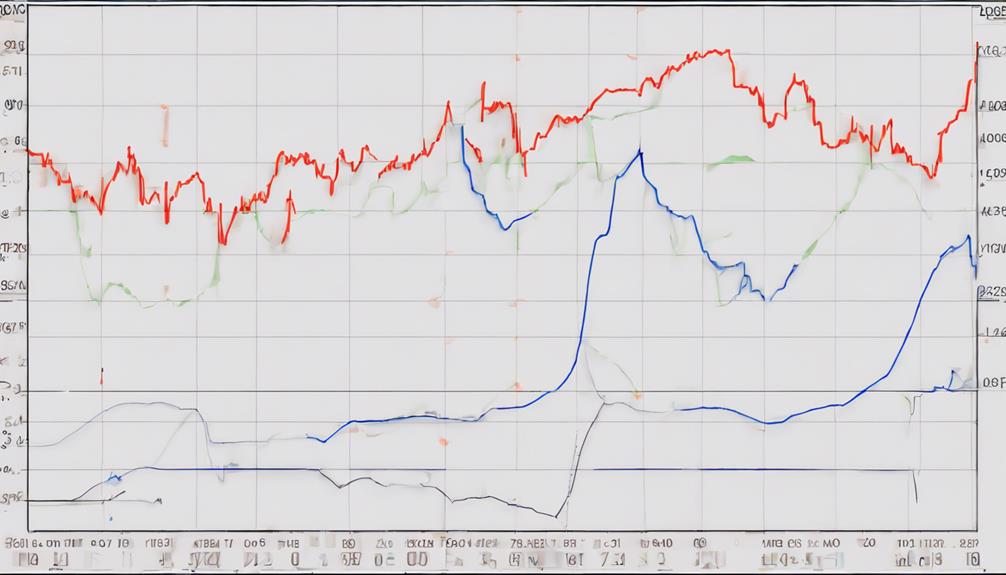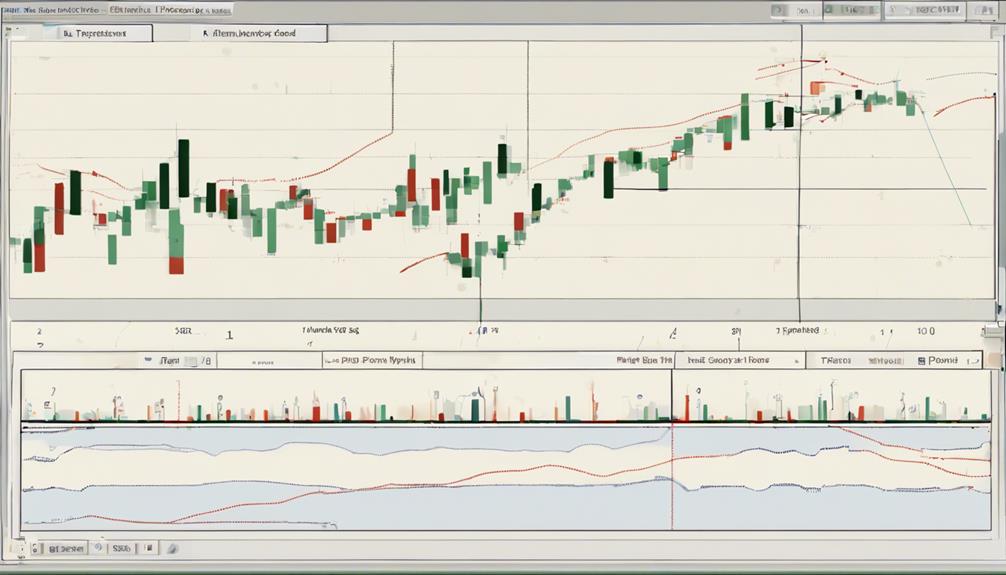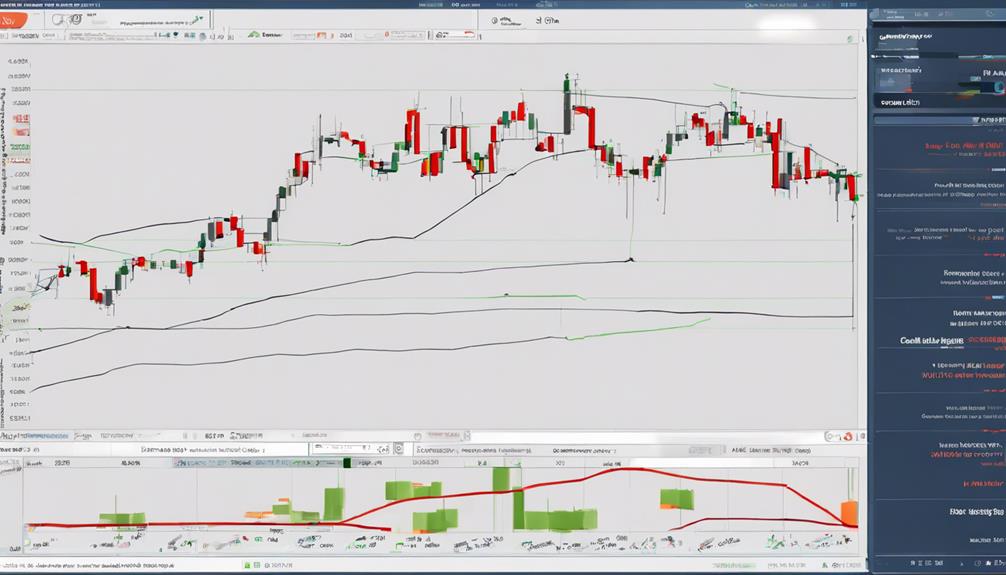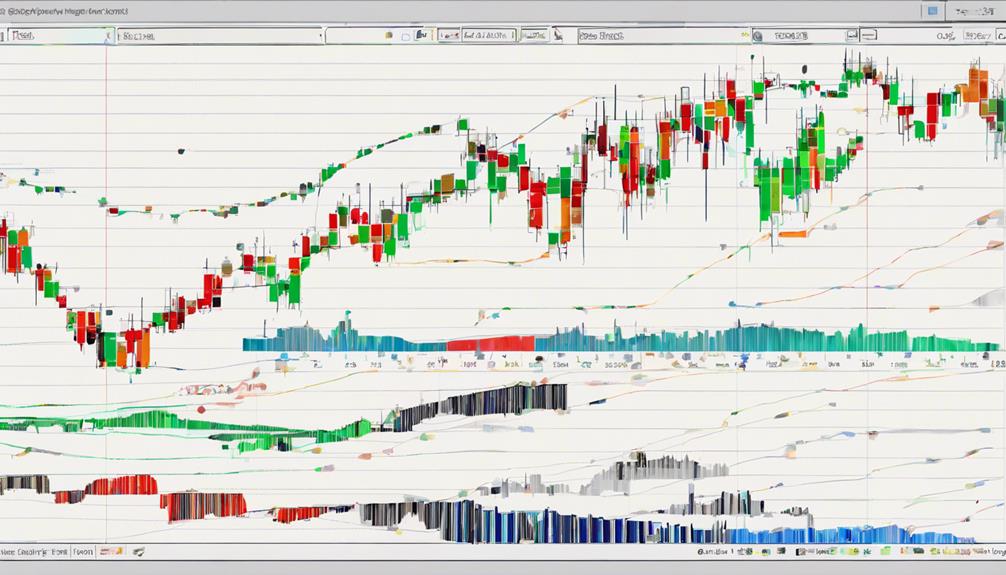The Chaikin Money Flow Indicator serves as a valuable tool for traders seeking to gain insights into market dynamics and potential trading opportunities. As investors navigate the complexities of financial markets, understanding how this indicator functions and interpreting its results can provide a strategic advantage.
By exploring the nuances of the CMF calculations and learning to recognize key patterns and signals, traders can unlock a deeper understanding of market sentiment and enhance their decision-making abilities. The implications of the CMF results extend far beyond surface-level observations, offering a pathway to more informed and effective trading strategies.
Understanding Chaikin Money Flow Indicator
When delving into the realm of technical analysis in stock trading, a crucial tool to comprehend is the Chaikin Money Flow Indicator.
The Chaikin Money Flow (CMF) indicator evaluates the accumulation and distribution of stocks by combining price and volume data. It helps identify buying and selling pressure in the market, with CMF values ranging from +1 to -1. Positive CMF values suggest buying pressure, while negative values indicate selling pressure.
CMF readings above the zero line reflect market strength, while readings below indicate market weakness. Traders can utilize CMF to confirm breakout directions, spot trend reversals, and generate buy or sell signals based on its relationship with price movements.
Interpreting CMF Calculation Results

The interpretation of Chaikin Money Flow calculation results plays a crucial role in assessing market dynamics and potential trading opportunities. When analyzing CMF values, several key points should be considered:
- Money Flow Volume: Indicates the strength of buying or selling pressure.
- Zero Line: Crossing above signals market strength, while below indicates weakness.
- Bullish Divergence: Occurs when price trends upwards while CMF trends downwards.
- Trading Period: Understanding the timeframe of CMF calculation results is vital for accurate analysis.
Identifying Trends With CMF Indicator

Analyzing price movements in conjunction with Chaikin Money Flow (CMF) indicator values is essential for identifying trends accurately in the market. The CMF indicator measures the volume of money flow, indicating buying pressure when values are above the zero line and selling pressure when below.
Rising CMF values signify increasing buying pressure, confirming bullish trends, while falling CMF values suggest decreasing buying pressure or increasing selling pressure, indicating potential bearish trends. By examining the relationship between price movements and CMF values, traders can use the Chaikin Money Flow Indicator to assess the strength of trends and identify possible trend reversals.
This makes it a valuable tool in technical analysis for predicting market movements.
Recognizing CMF Divergence Signals

Examining divergence signals in the CMF indicator provides traders with valuable insights into potential shifts in market sentiment and trading dynamics. When recognizing CMF divergence, traders should pay attention to the Money Flow Multiplier x and the CMF value for accurate analysis.
Key points to consider when identifying CMF divergence include:
- Bearish divergence: Price forms higher highs while CMF forms lower highs.
- Bullish divergence: Price makes lower lows while CMF makes higher lows.
- Divergence signals potential trend reversals and changes in buying and selling pressure.
- Traders can use trend lines, support, and resistance levels to confirm CMF crosses and enhance their understanding of market movements.
Using CMF for Trading Strategies

Utilizing Chaikin Money Flow (CMF) in trading strategies offers traders a valuable tool for identifying potential trend reversals and confirming breakout levels. By analyzing divergence between price movements and CMF readings, traders can anticipate shifts in market direction.
CMF can also be used to validate breakouts from support or resistance levels, providing insight into the strength of a trend. For instance, higher CMF highs in conjunction with price breaking resistance levels can signal an uptrend, while new CMF lows paired with price breaching support levels can indicate a downtrend.
Integrating CMF with other technical indicators can enhance the accuracy of trading signals and strategies, enabling traders to make more informed decisions in the market.
Frequently Asked Questions
How Do You Interpret Money Flow Index?
Interpreting the Money Flow Index involves assessing buying and selling pressures based on volume and recent price changes. Values range from 0 to 100, with levels above 80 signaling overbought conditions and below 20 indicating oversold territory.
What Is the Value of the Chaikin Money Flow Indicator?
The value of the Chaikin Money Flow Indicator indicates the strength of buying or selling pressure in a security. Values above zero suggest buying pressure, while those below zero signal selling pressure. The indicator ranges from +1 to -1, with extremes denoting strong momentum.
How Do You Read Chaikin Volatility Indicator?
The Chaikin Volatility Indicator measures the range between a stock's high and low prices over a specific period, reflecting market uncertainty. High values suggest increased price movements, while low values indicate stability. Interpretation aids in assessing market volatility dynamics.
How Do You Trade With MFI Indicator?
To trade with the MFI indicator, monitor overbought levels above 80 for potential reversals and oversold levels below 20 for bounce opportunities. Confirm price trends with MFI patterns, use it alongside other indicators, and watch for extreme level crossovers for market sentiment shifts.
Conclusion
In conclusion, the Chaikin Money Flow Indicator is a powerful tool for traders to analyze market sentiment, confirm price trends, and identify potential trade signals.
By understanding how to interpret the CMF calculations, recognize trends, and utilize divergence signals, traders can make more informed decisions and improve their trading outcomes.
The CMF indicator provides valuable insights into market dynamics and can be a valuable asset in a trader's toolkit.
